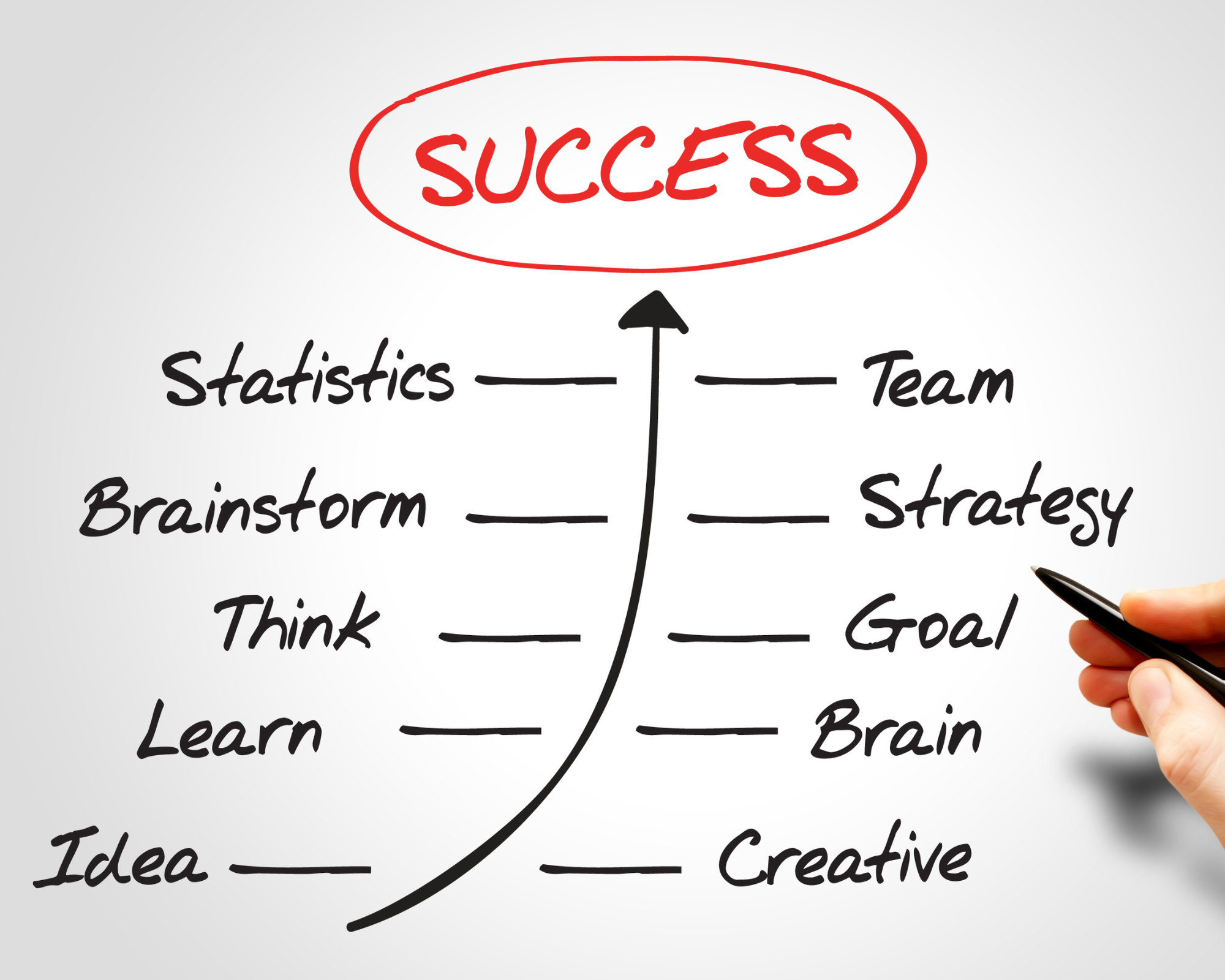Handy Performance Management Tools For New Moms
24 months ago, we welcomed our first child. As a new mom, I decided to place a bet on myself and ventured out from the culinary world to create a web business – Foodlve, a one-stop guide to help busy people (dads, moms, professionals) in the kitchen with useful fast cooking tips and tricks. Despite the major change in my life, being able to live and breathe my dream has been nothing short of a blessing.
I started out on the wings of my knowledge of project management fundamentals that I had garnered over the years from working at restaurants. Many people do not know that kitchen management requires a lot of organization that could be overwhelming if not properly handled.
Over the years, I have seen that the supervisors of many successful kitchens you see today leverage performance management tools to boost their team’s productivity and quality. This exposure helped me expand my knowledge of team management and has made it easier for me to build a business.
For my business to be successful while balancing the needs of a new mom, I had to make this investment worthwhile, there were 4 rules I follow:
You are probably wondering how I used performance management tools to achieve these. Let me walk you through it.
Performance Management Tool to Set Goals
I believe being a mom and an entrepreneur have a lot in common. You are raising, guiding, and nurturing something with the aim of success. As similar as they could be, managing both could be daunting sometimes.
Nonetheless, I have attained a positive mindset by having a sense of direction, structure, and focus using performance management tools.
Setting goals is the first step of every company’s organizational process.
I started my business by defining my goals clearly. I then broke them down into smaller achievable objectives.
I identified my current strengths, weaknesses, opportunities, and threats. This gave me a better understanding of what resources I had available and what obstacles I would face. I also prepared the teams needed for each goal to be completed.
I brought the plans I had made to life by listing them on a google sheets tracker. A Google sheets tracker is a free product/performance management tool for anyone with a Google account.
The google sheets tracker easily captured my goals and objectives. I created a task for achieving each goal in a far left column. I assigned each of them a timeline and then indicated the mini-goals on several columns on the right.
Every team member’s role was clearly spelled out to ensure that everyone has a clear picture of what they are to contribute to completing each project. I was able to set deadlines and even set reminders for myself. This allowed me to stay focused easily on the tasks that really mattered.
I loved this template so much, I now use it to organize my son’s weekly activities, especially helpful when his daycare is on an extensive holiday-break and I have a ton of work to complete for Foodlve.

Performance Management Tools to Track Progress on Goals
I love using Trello boards when it comes to tracking the progress of our goals as a business. It gives visibility on what every team member is to do, when they are to do it, and their progress over time.
When coming up with our initial goals for a strategic content plan, we used Trello boards as part of our performance management tools to add extra details like reminders for the teams and the task’s due date.
How do Tello Boards work?
Let me explain how it works:
Once you are signed up on Trello, you can create as many Trello boards as you want, where you can add tasks in the form of cards. A card simply contains conceivable tasks to be done, due dates, and other information. Once a task is completed, it can be marked as done on those Trello boards.
Trello board is a performance management tool that helps keep track of completed, ongoing and pending work to be done on each content. You can readily see if the team members are achieving the set goals as planned
The accountability structure of Trello boards has kept our workflow on track. Because each member’s progress is glaring to the team, it keeps everyone on their toes. Trello’s interface is very simple and intuitive which makes it easy for everyone to indicate and update any work done progressively.
As a working mom, I personally like using the option of setting up a special ‘Done’ list to refer to tasks already accomplished easily.
The Board Overview feature gives me a snapshot of how the entire team is progressing which helps for better strategy formation. My team members can also add important comments to the cards to keep me in the loop on vital details.
Trello boards have added a little ‘super’ to my title because I’m able to effectively monitor my business’ progress while attending to my mom-duties.
![]()
Performance Management Tools To Review Performance
Over the years, our team has grown from just me to 4 full-time contributors, an assistant, and 2 engineers. All of us are busy working and staying at home-parents, that means we are juggling a-lot (personally and professionally), while our better halves do a lot of the financial heavy lifting.
With Foodlve, we are all working towards one task – bringing the most helpful food tips that simplify busy parents’ life in the kitchen. To achieve this result, we have used the Google Sheets tracker to describe each level of work that goes into every content and to review the performance at each level.
How does Google Sheets Tracker work?
In the Google tracking sheet, there are columns where each team member’s task is clearly defined. For example: We recently published an informative article on how to reheat frozen cooked chicken. The article had a couple of stages before being actually published from research to content production, editing, and publishing. A different team member works on each task, and everyone’s contribution is appraised using the google sheets tracker.
This performance management tool has made my business productive because I often utilize the charting feature. It helps to properly visualize our current performance at any given time against our pre-set goals. I used a content calendar to know the time spent on each stage of our tasks for easy performance review.
Everyone’s strengths, as well as weaknesses, are easily monitored, so appreciation and constructive criticism can be made accordingly. Furthermore, I have seen increased productivity, improved team members’ engagement, and more data-driven decisions made using the google sheets tracker.
(These days I use this google sheet template to manage responsibilities of grocery and other home item shopping – my husband does not like receiving a performance review when he picks up broccoli instead of cauliflower 😉 )
![]()
Performance Management Tools For Quality Improvement
As a business, we recognize that there is always room for growth because we always want to give our best to our users. One of the quality improvement steps we have taken is to have specialized people for individual tasks so we can maximize the quality of our content.
Performance management tools help us analyze our current performance and identify areas of improvement. We want to be known to deliver good quality work efficiently and the versatility of Trello dashboards makes that possible. This performance management tool has improved our project quality management by enabling us to make adjustments and improve our processes to achieve better quality operations.
With Trello dashboards, I have a transparent master-view of every activity. There are labels, surveys, checklists, and other visual cues that make it easy to notice blind spots and point out areas in our process that need improvement. It also makes for seamless collaboration.
Trello dashboards have a commenting feature that makes it easy for team members to give metric-driven reports, share feedback and give suggestions. They also provide insight to process areas that work well and those that can be improved on to boost our overall quality.
In reality, the quality of our work is improving rapidly, and we’ve been getting positive comments from our website users. We are excited to see how much further we can take our quality improvement journey with the help of Trello dashboards.
Conclusion
I love food and entrepreneurship, and I consider it a gift to be able to manage the best of both worlds alongside motherhood.
I understand the challenges of setting up a small business as a work from home mom. You can either make or mar it. Utilizing performance tools is one way I have achieved efficient and effective organization (these tools have also spilled over in my personal mommy life as well and I love that). They’ve helped keep my business grow by providing a sense of direction toward our goals.
I feel empowered by using these performance management tools. They make it easy to plan, manage and get key metrics as well as visibility on any content project.
The automated nature of these platforms keeps my team members connected and makes it less exhausting to monitor them. There’s clarity on what everyone is to do, which makes us accomplish so much within designated timelines, so we can go back to spending time with our little rugrats 🙂
I definitely will keep growing, and the flexibility that these platforms give makes all the difference. They are robust enough to adapt to the changes that would happen as my business grows to greater heights, and I look forward to that.

Amy Smith is the founder and editor in chief of FoodLve.com, a resource on the best ways to manage your Prepared Food. She has 9 years of experience working in the Food and Beverage Industry wearing many hats in the kitchen as a sous-chef, station chef, line cook, etc. She worked at top Chicago-based restaurants including Cafe Marie-Jeanne, Girl, and the Goat, and Morton’s SteakHouse. Amy believes that cooking is an art and what we eat and cook is bound to influence how we feel about things around us.



